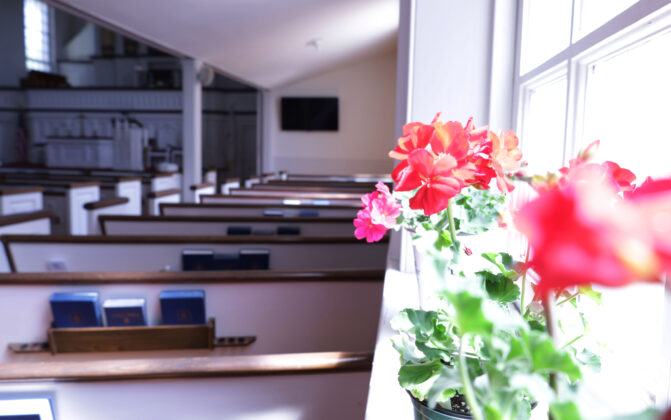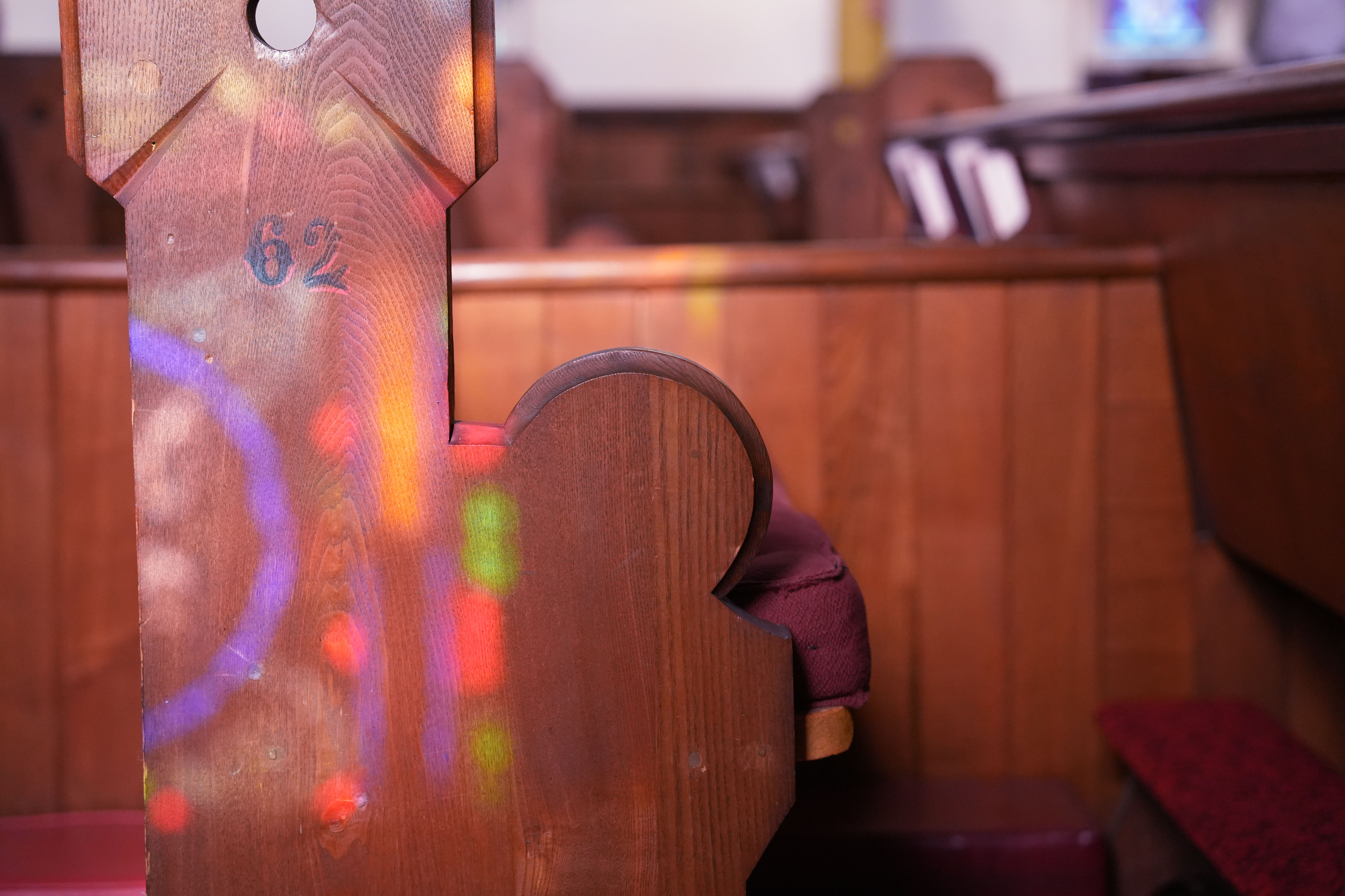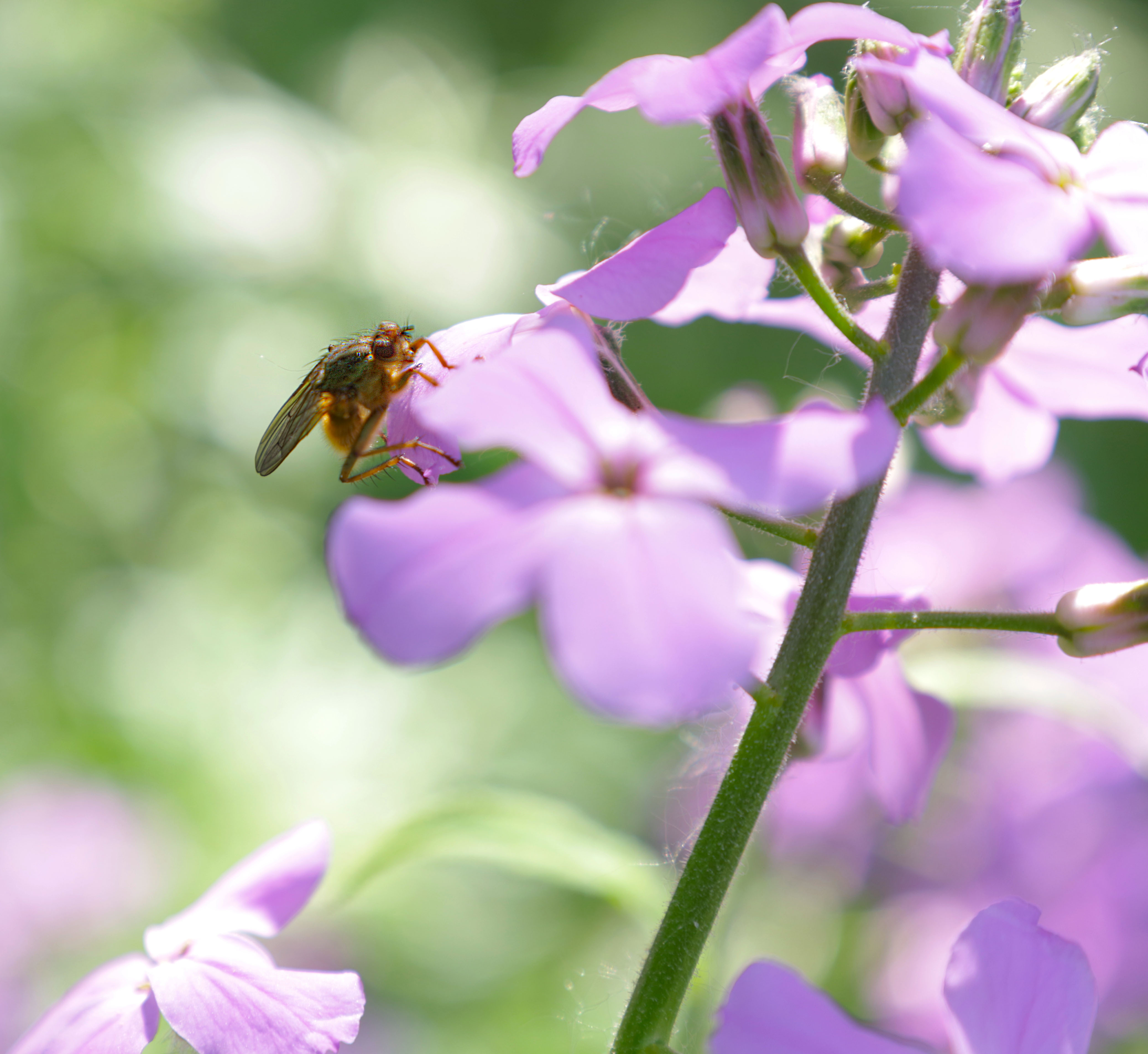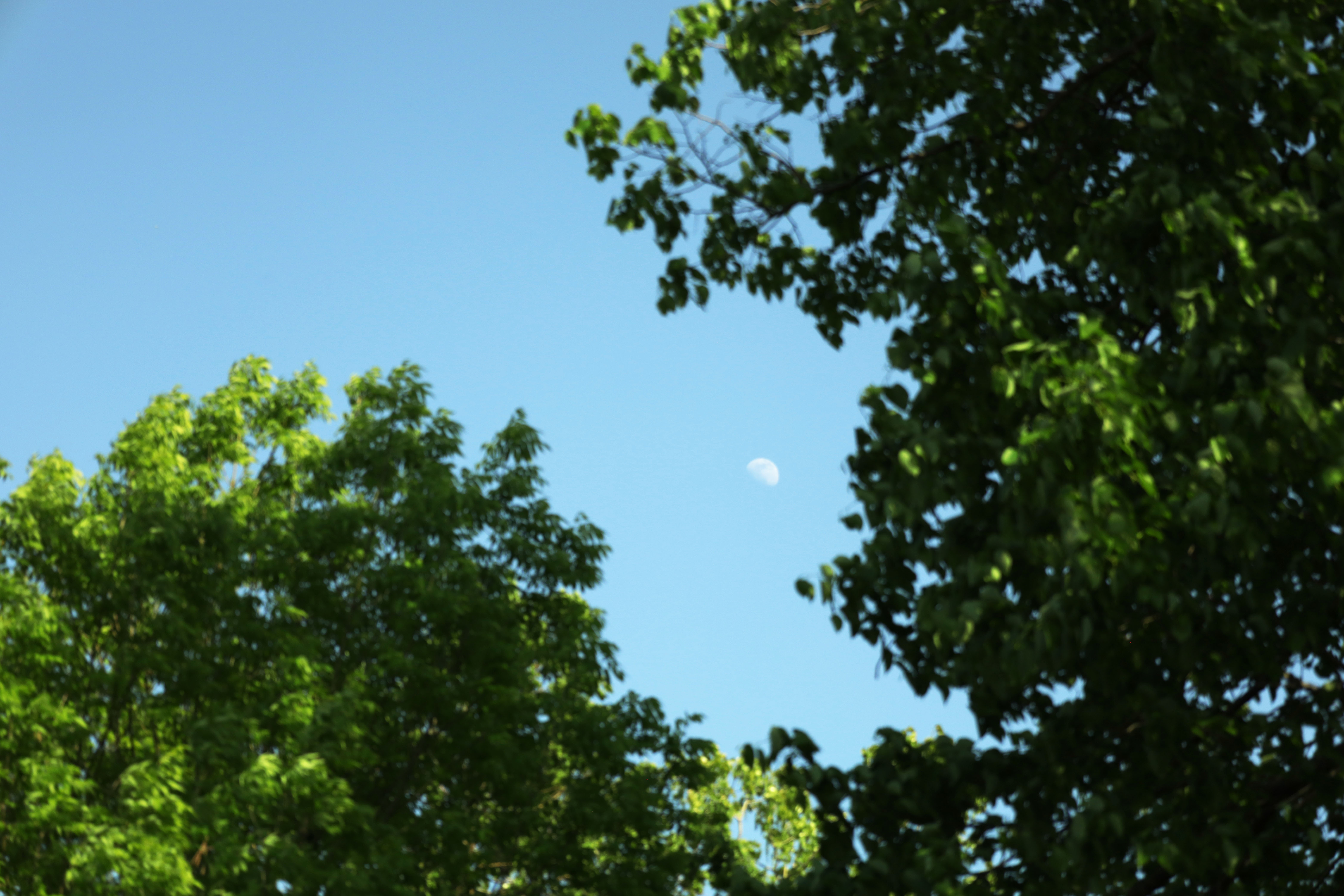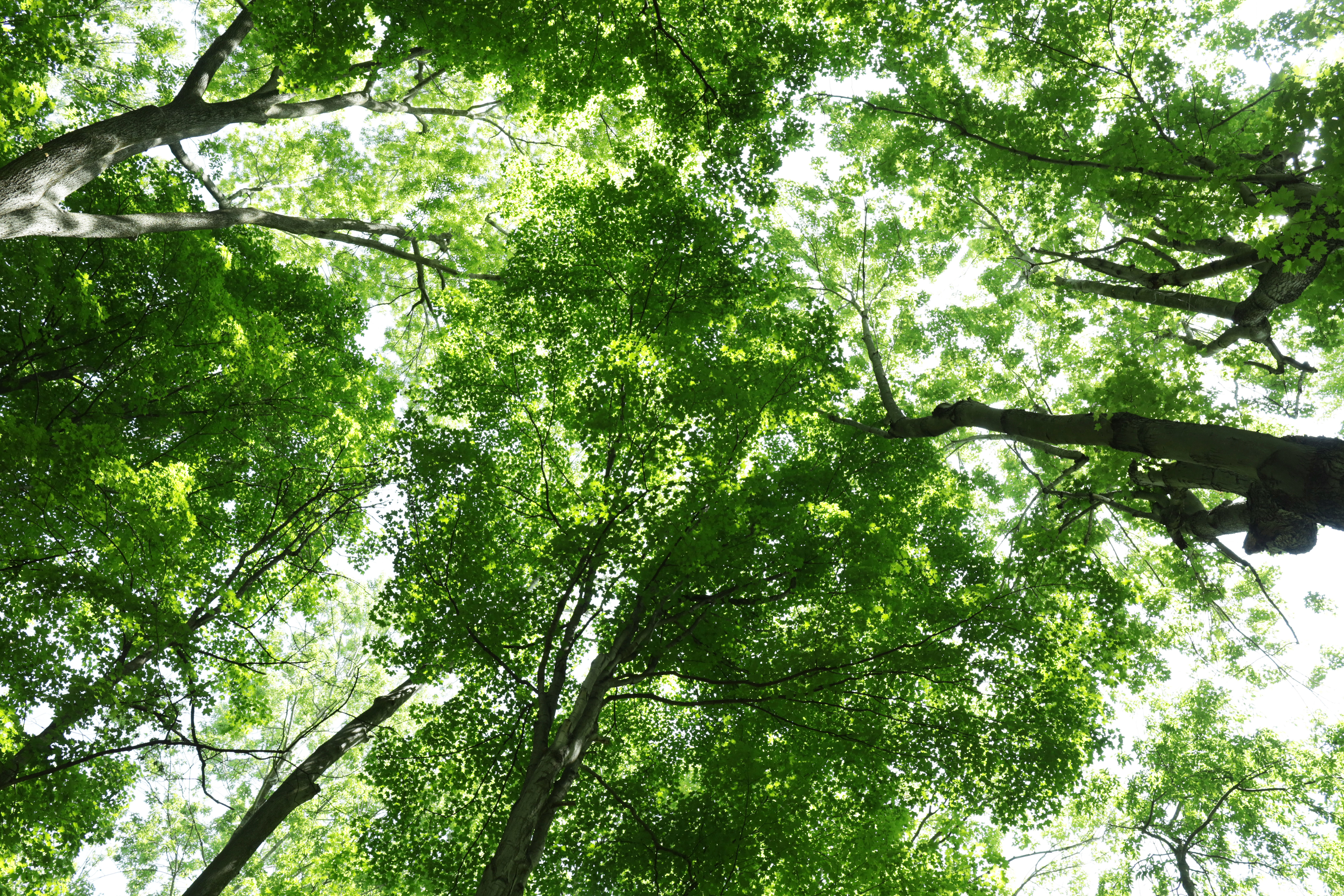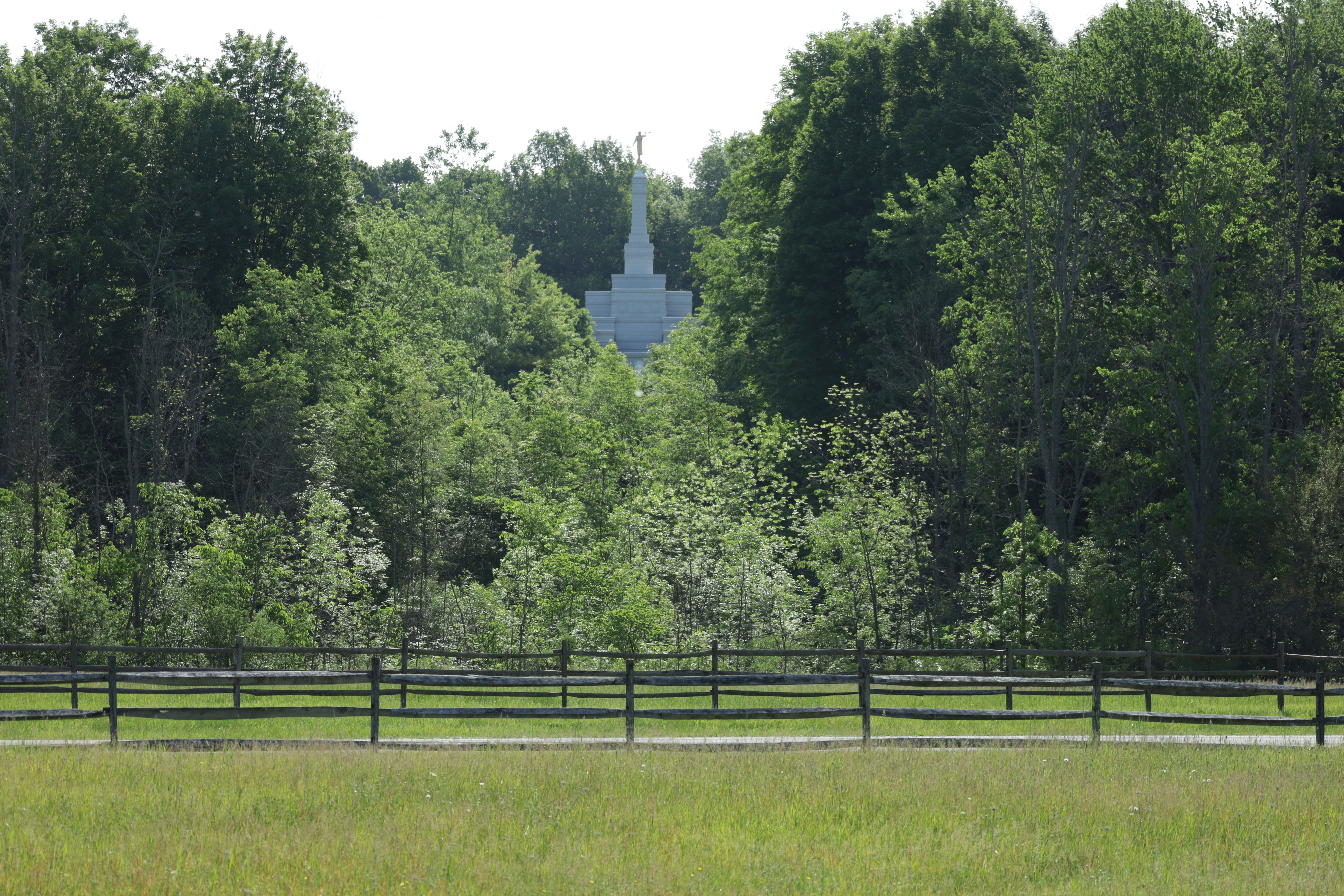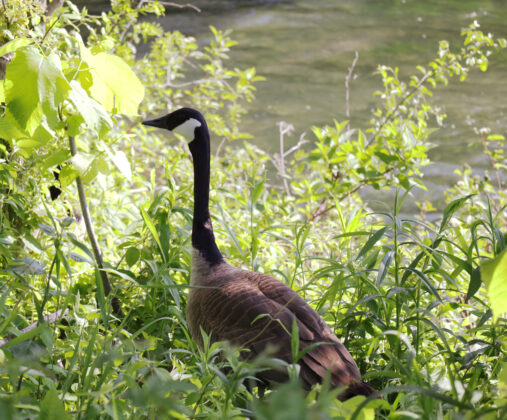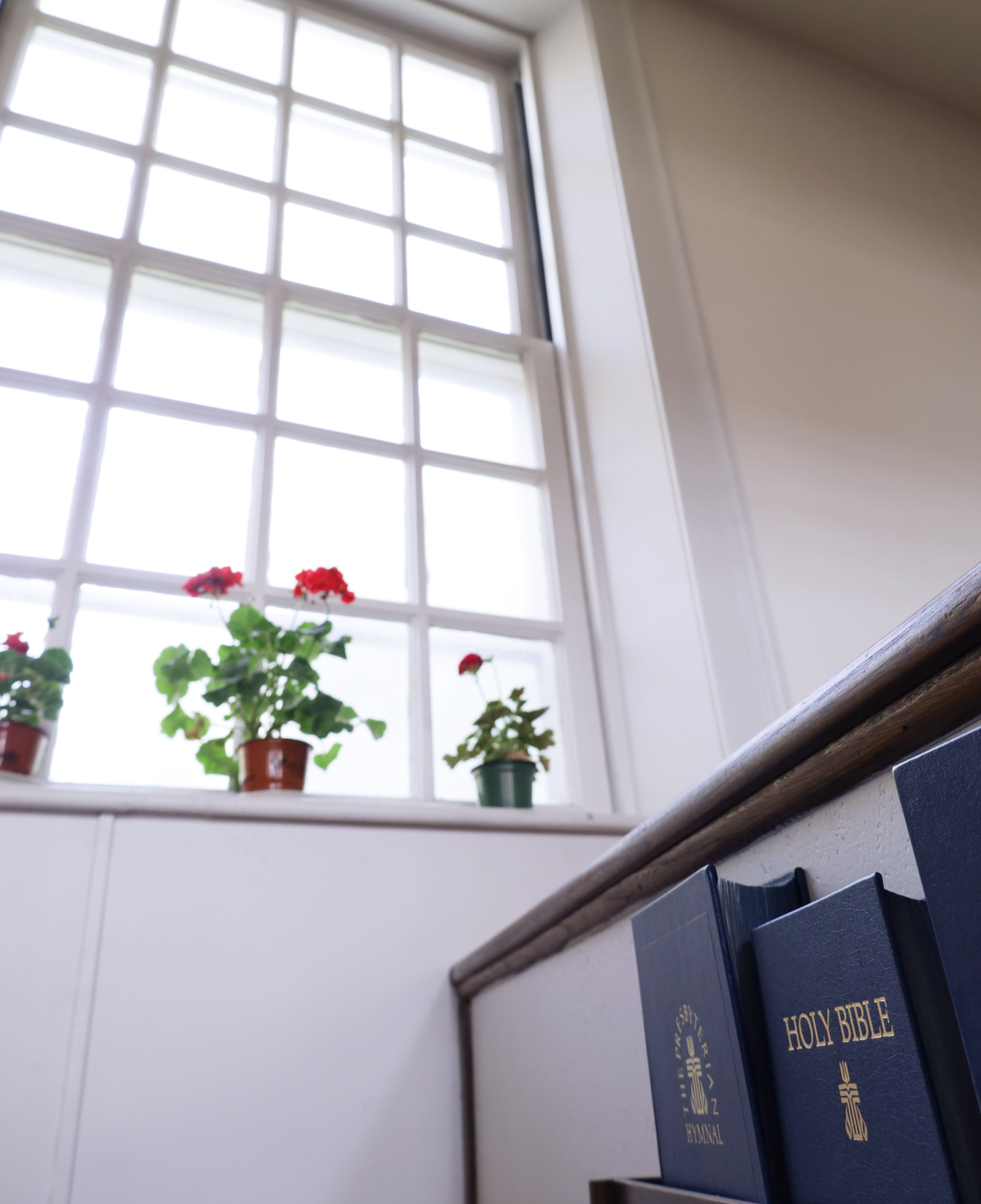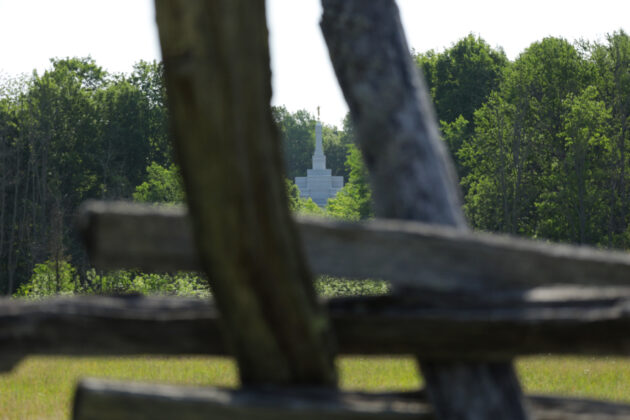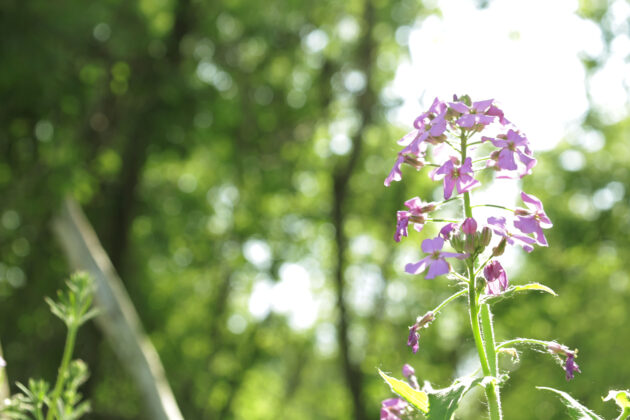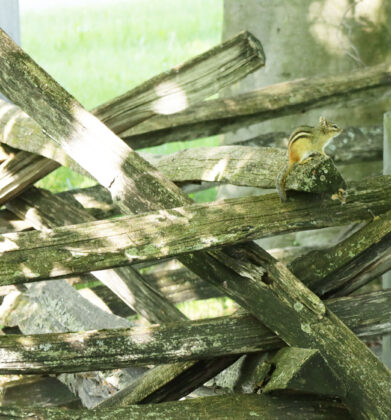
Though religions vary in theology, founding, backgrounds and practices, a common thread across many is the belief in the deity and sacredness of nature.
Genesis begins the Old Testament with an account of the creation of the world, where God separated the heavens and the earth, light from dark, and created all types of plants, animals and eventually, mankind.
In Hinduism, nature is regarded as the Divine world and followers see the elements as sacred. In Buddhism, followers seek harmony with nature. Christianity, although different in many aspects from these Eastern religions, also dwells heavily on nature in their theology.
God is shown throughout Christianity communing with individuals in temples and on mountaintops, signifying the sanctity and equality of nature in the act of reaching out to divinity.
In the book of Exodus, Moses goes up into a mountain and communes with God. In the Book of Mormon, the prophet Nephi goes to a mountain where he sees visions from God. Latter-day Saint theology also recounts the story of Joseph Smith Jr., a young 14-year-old boy who saw God after he tenderly kneeled in a grove of trees to pray for answers.
In the Book of Mormon, the book of scripture that came forth as an eventual result of young Joseph’s encounter with these heavenly beings, stories of individuals seeking out answers in nature are stacked on top of one another. A prophet named Enos prayed all day and all night in a forest until he heard the voice of God. In Jacob chapter 5, a lengthy allegory is crafted about an olive tree and its symbolism of Jesus Christ’s role in the gathering of Israel.
During the October 2022 General Conference, Bishop Gerald Causse invited individuals to be stewards over the earth saying, “The care of the earth and of our natural environment is a sacred responsibility entrusted to us by God.”
In the Book of Mormon, the prophet Alma teaches that “All things denote there is a God; yea, even the earth, and all things that are upon the face of it, yea, and its motion, yea, and also all the planets which move in their regular form do witness that there is a Supreme Creator.”
We read in the book of Leviticus that “The land shall not be sold for ever: for the land is mine; for ye are strangers and sojourners with me,” while Ecclesiastes 1:4 suggests that the earth abides forever, even as generations pass away.
In Palmyra, New York, where Joseph Smith, Jr. saw his vision of Heavenly Father and Jesus Christ, a community of diverse religious traditions still persists to this day. Inside the Episcopalian, Baptist and Latter-day Saint churches, stained glass windows, live plants and other artwork all endeavor to invoke the spirit or essence of holiness, sacredness, divinity and godliness.
A Methodist hymn based on Psalm 104:24-25 says:
All things bright and beautiful,
All creatures great and small,
All things wise and wonderful;
The Lord God made them all.
Threads of truth in all religions bind us together as human beings. Reference after reference to nature throughout the Christian scriptures and similar beliefs in other religions throughout the world show that you can find spiritual fulfillment, beauty and peace in the connection to Deity through nature.
The Daily Universe staff recently visited Palmyra, New York as part of a larger project and examined the connection between God and nature. Photos by Robyn Morris Christensen.

